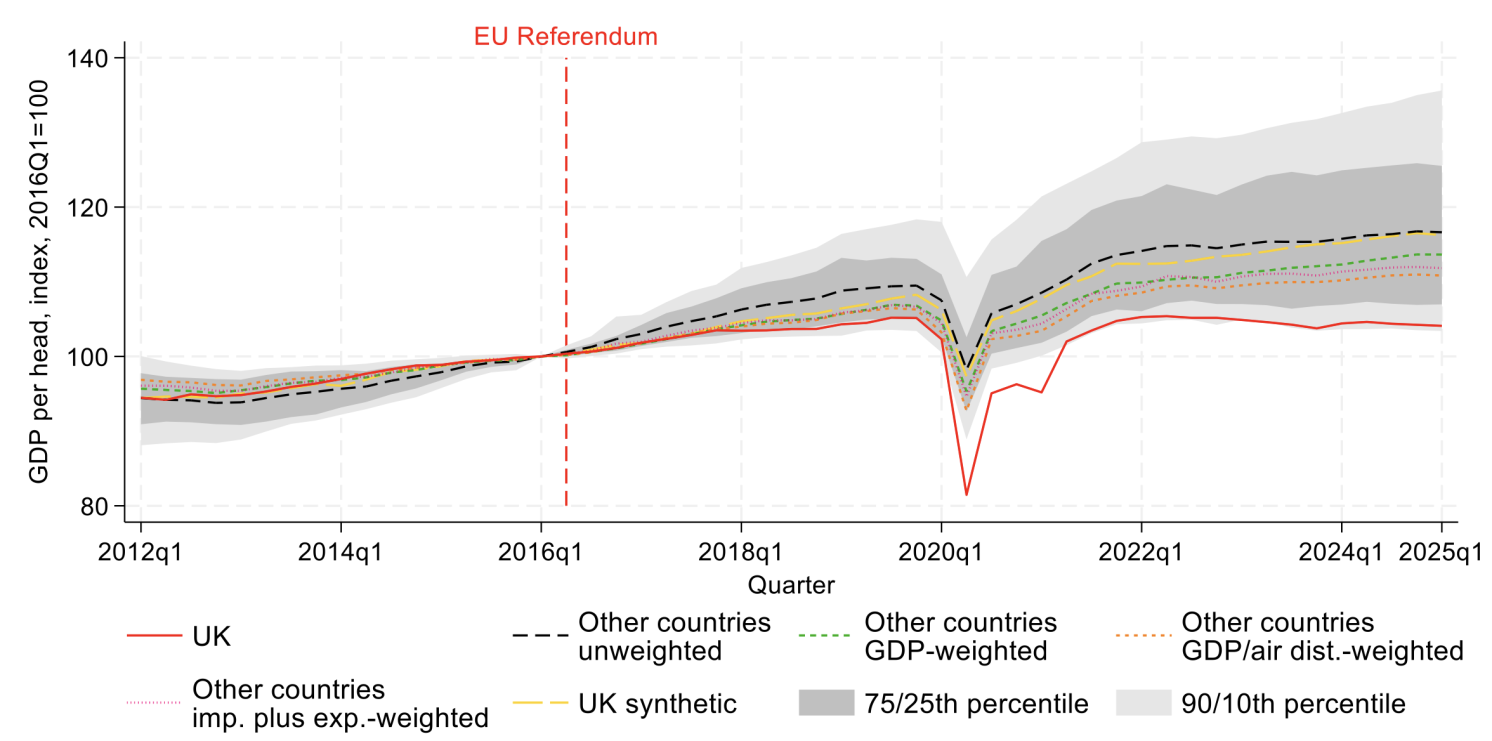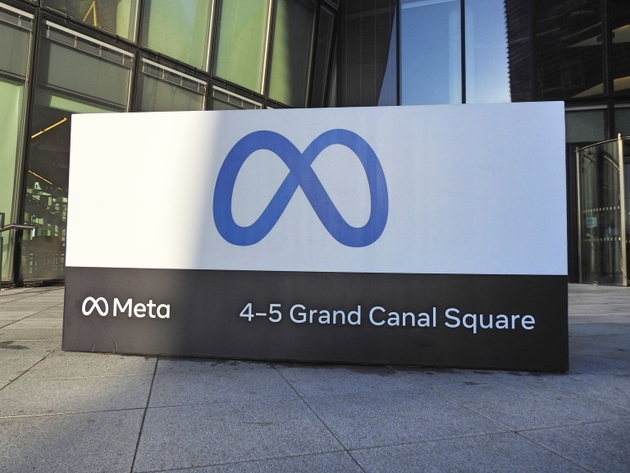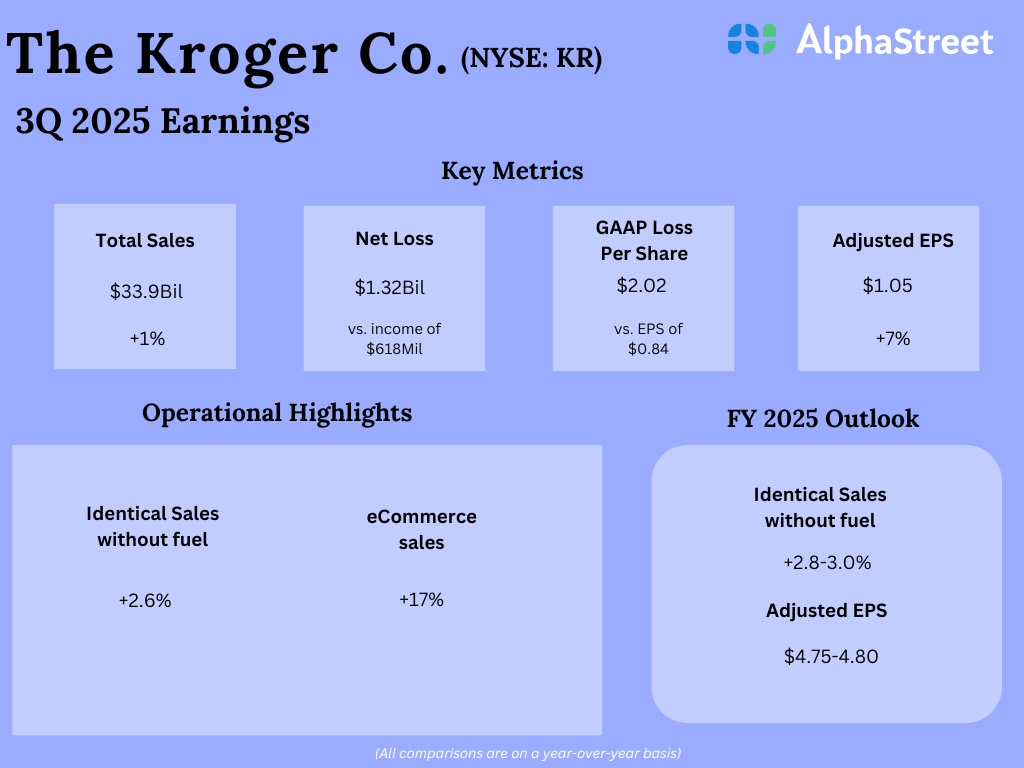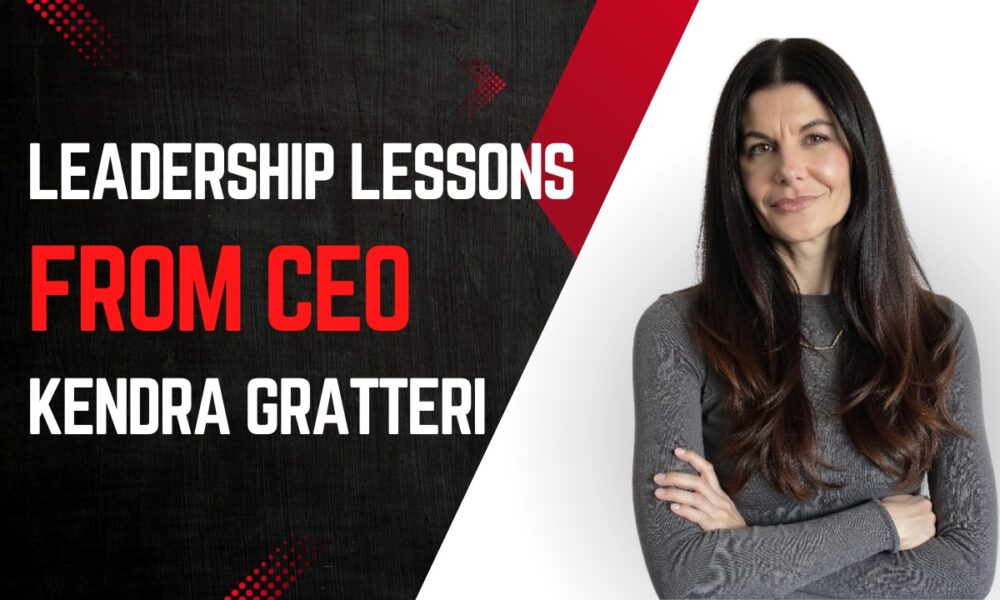By Alyssa Yocom, Schultz Financial Group
The fourth calendar quarter offers a time for reflection and planning. As we look back on what has occurred this year and into what next year may hold, we are offering this article to highlight some of the planning strategies that Schultz Financial Group considers for each client as a part of our year-end wealth management planning process.
Planning for investments
We perform an ongoing review of client portfolios throughout the year. In the fourth quarter, we are able to analyze what has occurred within the client’s portfolio this year and what we may expect from the portfolio for the remainder of the year. We consider capital gains or losses that have been realized and whether tax-loss or gain harvesting is appropriate. Harvesting losses may help offset realized gains and potentially reduce ordinary income. Harvesting gains ensures the use of the 0% long-term capital gains bracket.
Retirement plan considerations
As an extension of reviewing a client’s investment portfolio, Schultz Financial Group analyzes the makeup of the accounts within the portfolio. Cash flow permitting, an individual may want to increase their retirement plan contributions up to the annual limit. We review each client’s income and retirement accounts available to determine the proposed contribution strategy across accounts.
One strategy available to high income-earners with sufficient cash flow is the mega backdoor Roth conversion. If an individual can maximize their retirement plan deferrals and still has a desire and ability for further savings, they can make non-deductible contributions to their retirement plan. Keep in mind that the retirement plan must specifically allow for non-deductible contributions to the plan.
Health Savings Accounts (HSAs) are often overlooked as their contribution limits are lower than that of defined contribution plans, such as 401(k)s. However, HSAs offer three tax advantages:
- Contributions to an HSA are tax-deductible. Furthermore, contributions made through payroll are not subject to FICA and FUTA taxes.
- Interest and investment earnings grow tax-free.
- Distributions from the HSA are tax-free when used for qualified medical expenses.
A common pitfall is forgetting to invest the funds that are saved in a Health Savings Account. When a client has an HSA, we discuss maximizing their contributions and investing the account. Since the investment growth is tax-free, the compounding of investment returns within an HSA can be very meaningful over time.
It is often an optimal strategy to cover medical expenses from cash flow to allow the health savings account to remain invested until retirement.
Tax Planning
Required Minimum Distributions (RMDs) are a significant factor in year-end wealth management planning for many of our clients as these distributions are taxable and impact figures like a taxpayer’s modified Adjusted Gross Income – which is used in several calculations such as determining the taxable portion of Social Security and Medicare premium adjustments. Individuals with inherited retirement plans or individuals above age 72 may be required to take minimum distributions from their retirement accounts. It is critical that the RMD is calculated accurately and distributed on-time to avoid a 50% penalty by the IRS. We offer to calculate and help facilitate RMDs for our clients. There are several strategies to consider when distributing an RMD:
- Qualified Charitable Distributions (QCDs) can be considered for all individuals above age 70½ with an Individual Retirement Account. QCDs are cash donations from IRAs to qualified charities. A QCD will satisfy an individual’s RMD and is a non-taxable distribution. QCDs are limited to $100,000 and must be made from an IRA as they are not allowed from qualified retirement plans or ongoing SEP or SIMPLE IRAs. Furthermore, IRA distributions follow the first-dollar-out rule. This means that if you take a distribution from your IRA in excess of the RMD amount for the year, only the first dollars up to the RMD are considered as satisfying the RMD. Because of this rule, it is a good practice to make a Qualified Charitable Distribution prior to taking the remainder of your RMD if you intend on taking any excess distribution.
- If the client does not need cash or taxes to be withheld from their RMD, an in-kind distribution may be the optimal strategy. Distributing shares in-kind to satisfy the RMD can be a particularly advantageous strategy in years where investment assets are down. The amount of the investments distributed in-kind will be subject to ordinary income tax, as with any form of RMD. However, the investor will effectively be converting any future appreciation of that asset to preferential capital gains treatment. The future appreciation would be subject to ordinary income tax if it were left in the IRA for a future distribution.
- If the RMD is to be distributed with cash available within the retirement account, tax withholding must be considered. The timing of an individual’s tax payments is important with respect to avoiding underpayment penalties. Estimated tax payments must be timed to correspond with the timing of the income earned. However, withholding from retirement account distributions are considered to have happened throughout the year and can help an individual avoid an underpayment penalty. We typically work with clients and their tax preparer to determine the appropriate amount of taxes to be withheld from RMDs. In some cases, this means clients are able to skip their fourth quarter estimated tax payment.
Depending on the factors influencing a client’s taxes, taxpayers may consider postponing or accelerating income or deductions. Postponing income and accelerating deductions can assist the taxpayer in claiming larger deductions, credits, and tax breaks that are phased out over varying levels of adjusted gross income. Accelerating income and postponing deductions can be an advantageous strategy in years where a taxpayer is subject to the Alternative Minimum Tax.
When conducting year-end planning for a client, we also consider whether a Roth conversion may be appropriate. The amount of the Roth conversion will be treated as taxable income for the current year. However, a Roth conversion could be an advantageous strategy in years where the taxpayer is in a lower tax bracket. Early retirees may consider Roth conversions in the years leading up to their required minimum distributions. Roth conversions are also more attractive when the value of the investments in a traditional IRA are lower due to market volatility. When determining whether a Roth conversion is appropriate, Schultz Financial Group coordinates with clients and their tax preparer to determine the amount to convert and its impact on the affected client’s tax position. Conversions can be done with cash or securities.
Charitable planning
While many individuals make charitable gifts year-round, we find that charitable giving tends to increase in the fourth quarter. At Schultz Financial Group, we consider a client’s charitable intents along with their overall balance sheet to determine charitable gifting strategies that provide the most value to both the receiving organization and to the client. Making Qualified Charitable Distributions, discussed above, can be effective for eligible taxpayers. Bunching charitable donations and using charitable trusts are also strategies to consider.
We would consider bunching as a strategy if a client may be unable to itemize their deductions. Forwarding future charitable donations into the current year may increase a taxpayer’s charitable deduction, allowing them to itemize their deductions. If a client has the ability to forward their deductions into the present year but still wants to make gifts to charities in future years, they may consider funding a Donor-Advised Fund.
Charitable Lead or Charitable Remainder Trusts may also be considered. These trusts can provide either an income stream or a remainder distribution for the donor or their heirs and for charities.
If a client intends to gift to a charity from their taxable account, we consider whether to donate cash or appreciated securities. Donating appreciated securities is a way to reduce the investment’s position size while also avoiding capital gains. We typically coordinate with the receiving organization to ensure they can accept the gift if donating securities and ensure that it is received in a timely manner.
Equity compensation
We consider equity compensation throughout the year. In the fourth quarter, we review each applicable client’s outstanding Incentive Stock Options or Non-Qualified Stock Options to determine whether any shares should be exercised prior to the end of the year. Depending on the type of stock option and its bargain element, planning can be done around managing the client’s income and Alternative Minimum Tax.
Estate planning
High net-worth individuals may have funded special trusts, such as Grantor Retained Trusts or Spousal Lifetime Access Trusts to utilize their estate tax exemption. If the trust was created and funded in a prior year, top off funding is worth considering utilizing this year’s additional estate exemption amount.
A client may desire gifting to their heirs. We review the annual gift tax exclusion amount with clients and discuss gifting strategies such as funding 529 Plans or gifting appreciated securities to determine the most appropriate solution.
The holidays bring about opportunities for family gatherings. Schultz Financial Group provides resources to our clients and can assist in facilitating family meetings. We guide our high net-worth clients in discussing topics such as their family legacy, charitable planning, and fostering gratitude in children.
Year-end wealth management planning goes far beyond just tax planning.
Each year brings a unique set of circumstances, tax laws, and client intentions and goals. All of these items should be considered together to help ensure that the wealth management strategies implemented are effective in achieving the client’s goals. Furthermore, execution of these wealth management strategies often requires a coordinated effort between Schultz Financial Group, the client, and the client’s other professional advisors.
Year-end wealth management planning is an involved process whereby our advisory firm considers each client’s unique circumstance, analyzes their net worth and investment portfolio, and provides solutions and recommendations to help them achieve their goals.
Please contact us if you would like to further discuss any of the strategies mentioned above.
Schultz Financial Group, Inc. (“SFG”) is a registered investment adviser with a primary business location in Reno, NV. Registration as an investment adviser is not an endorsement by securities regulators and does not imply that SFG has attained a certain level of skill, training, or ability. SFG does not guarantee the complete accuracy of all data in this article, and it should not be regarded as a complete analysis of the subjects discussed. All expressions of opinion reflect the judgment of SFG as of the date of publication and are subject to change. This article does not constitute personalized advice from SFG or its affiliated investment professionals, or a solicitation to execute specific securities transactions. Not all services will be appropriate or necessary for all clients, and the potential value and benefit of the SFG’s services will vary based upon the client’s individual investment, financial, and tax circumstances. The effectiveness and potential success of a tax strategy, investment strategy, and financial plan depends on a variety of factors, including but not limited to the manner and timing of implementation, coordination with the client and the client’s other engaged professionals, and market conditions.
SFG is not a law firm and does not intend for any content to be construed as legal advice. Readers should not use any of this content as the sole basis for any investment, financial planning, tax, legal or other decisions. Rather, SFG recommends that readers consult SFG and their other professional advisers (including their lawyers and accountants) and consider independent due diligence before implementing any of the options directly or indirectly referenced in this blog post.
Past performance does not guarantee future results. All investment strategies have the potential for profit or loss, and different investments and types of investments involve varying degrees of risk. There can be no assurance that the future performance of any specific investment or investment strategy, including those undertaken or recommended by SFG, will be profitable or equal any historical performance level. Additional information about SFG, including its Form ADV Part 2A describing its services, fees, and applicable conflicts of interest and Form CRS is available upon request and at https://adviserinfo.sec.gov/firm/summary/108724. For current SFG clients, please advise us promptly in writing, if there are ever any changes in your financial situation or investment objectives, if you wish to impose any reasonable restrictions to our management of your account, or if you have not been receiving at least quarterly account statements from your account custodian.
The views and opinions expressed herein are the views and opinions of the author and do not necessarily reflect those of Nasdaq, Inc.







































